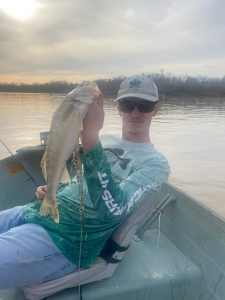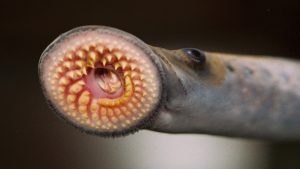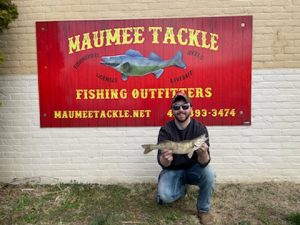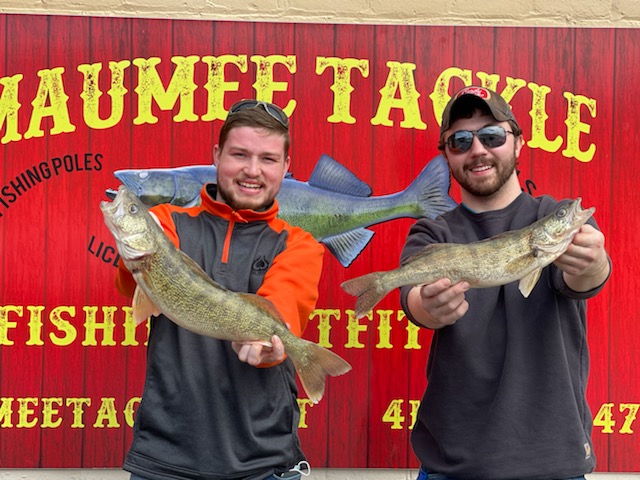
Water Level
582.5
Water Temperature
44
Barometric Pressure
30.07 in
Water Clarity
6 in
Sunrise/First cast- 7:33 am
Sunset/Last Cast-7:49 pm
Wading to Bluegrass Island is not permitted-maybe later today as the water drops
Weight:Â Â 5/8 oz -3/4 oz
As you can see by the pictures things are incrementally getting better, slowly but surely. White Street and Orleans Park were the two best places to be yesterday. We saw a few limits but not a whole lot. The water dropped a few more inches overnight, letting those fish come in and ease into those holes for us to hunt. A lot of the fish that we did see were bright white indicating that they are fresh from the lake. A very good sign that we still have a good run in front of us.
“Spotlight on invasive species”- From the Ohio DNR Website:
SEA LAMPREY
The sea lamprey (Petromyzon marinus) is a predaceous, eel-like fish with smooth, scaleless skin and two fins on its back. The sea lamprey is parasitic; it feeds on other fish, using its suction disk mouth filled with small sharp, rasping teeth and a file-like tongue. These mouthparts are used by the sea lamprey to attach to a fish, puncture its skin, and drain its body fluids. Adults typically range from one foot to two and a half feet in length.
Native to the Atlantic Ocean coasts, sea lampreys are believed to have originally entered the Great Lakes through the Welland Canal in the 1920’s. They have contributed to the decline of whitefish and lake trout in the Great Lakes. Since the 1950’s, the governments of the United States and Canada have implemented a sea lamprey control program and have had success in reducing the number of non-native lamprey in the lakes, helping the fishery to rebound.
There are three basic and widely used techniques to control the lamprey:
- Application of lampricide in streams to kill the lamprey larvae
- Construction of barriers to stop sea lamprey from going upstream to spawn
- Operation of traps to catch sea lamprey.
- The average female lamprey can produce 100,000 eggs, making it extremely important to control the non-native lampreys before spawning begins.
The sea lamprey is only one of the seven lamprey species currently found in Ohio. The other six are native to Ohio’s waterways and have little to no effect on the sport fish population.
New firearm in stock
*click on image to enlarge*
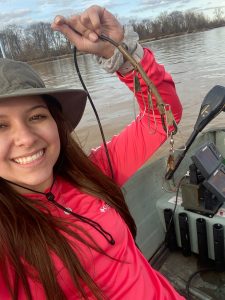
Sometimes you get the fish…sometimes you dont.                                                                                                          Have fun, be safe and good luck fishing.            Â



